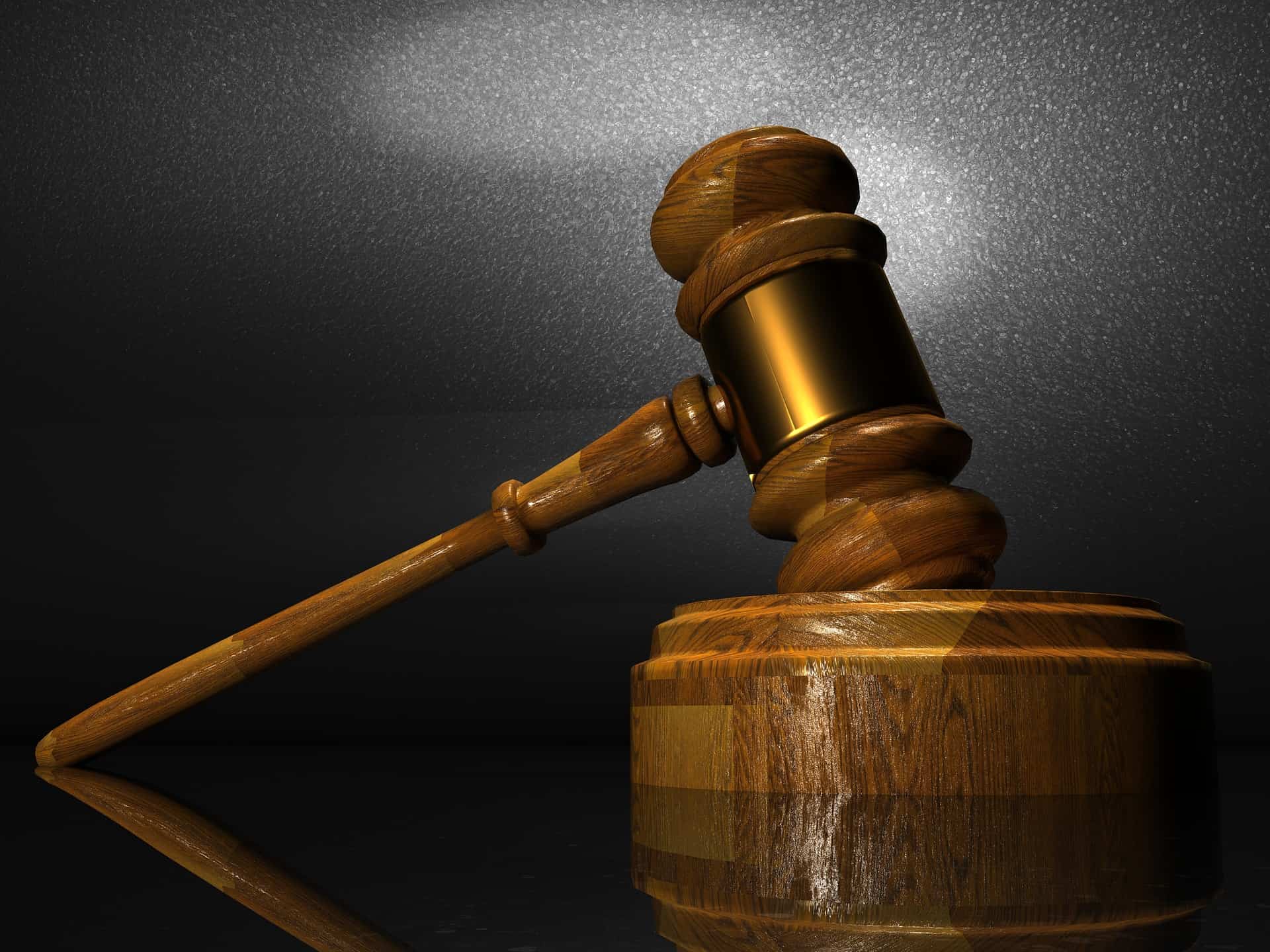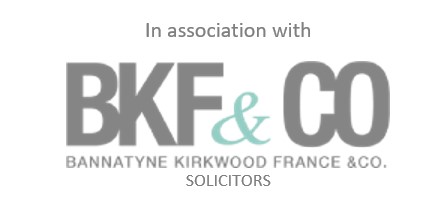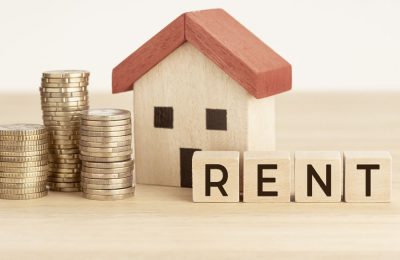Previous blogs have looked at the Housing (Scotland) Bill (the Bill) and discussed possible amendments for Stage 2. There have now been over 450 proposed amendments to the Bill which has led the Housing Committee session being pushed back to 6 May from the originally planned 29 April. Some of these proposed amendments have come from the Scottish Government, some of which were foreshadowed by the Housing Minister’s announcement on 31 October 2024 (which was the subject of a previous blog found here. As mentioned in that blog, it was also announced that there would be a further consultation on exemptions and the possibility of certain types of properties being excluded from proposed rent controls in Rent Control Areas as well as possible above rent cap increases. That consultation is now live and can be found here. The consultation closes on 18 July 2025. Areas that views are being sought on are in relation to mid-market rent properties, purpose-built properties, properties let below market rates, where improvements are made by landlords, circumstances around allowing above rent cap increases as well as seeking views ending joint tenancies.
What are the main amendments to the Bill as proposed by the Scottish Government?
It should be remembered that just because an amendment has been proposed to the Bill, it does not mean the Bill will automatically be changed to incorporate that amendment. However, the proposed amendments by the Scottish Government are perhaps more likely to end up in the final version of the Bill, so it may be useful to look at some of the amendments proposed by the Scottish Government.
- To change the existing measures in the Bill as first presented to set out that there will be a rent cap in any Rent Control Area of CPI+1% up to a maximum of 6%. There are a number of consequential changes proposed to the Bill including the removal of the requirement to consult on the rent cap for each Rent Control Area. There is no proposal to change any rent control measures in the Bill so they would still operate to limit rent increases between tenancies.
- To allow for information to be collected from persons who are not the registered landlord for a property, but who are acting as a landlord under a tenancy or occupancy arrangement granted by the registered landlord (e.g. sub-landlords), as well as from the registered landlord.
- To allow Scottish Ministers to request the same information from private sector landlords, as can be requested by a local authority under the rent control measures in the Bill. Measures to ensure that the information cannot be requested from the same landlord more than once in any 12 months are also included.
- To expand the list of possible information that local authorities can request from landlords regarding their property.
- To allow the requirement to consult in some parts of the Bill to be met by consultations carried out before those parts of the Bill actually come into force.
- To amend the information landlords in a Rent Control Area will be required to include in any adverts.
- To put back the long stop date for local authorities to provide their first report of rent conditions within their areas to the Scottish Government from 30 November 2026 to 31 May 2027.
- To extend the time period during which a tenant can submit an application to challenge a proposed rent increase for a PRT from 21 days to 30 days (this is not linked to Rent Control Areas).
- To reduce the period of occupation required to succeed to a tenancy from 12 months to 6 months in both the Private and Social Rented Sectors.
- To require any joint tenant who seeks to end a joint tenancy to also provide a copy of the notice they must be served on the landlord to the other joint tenants.
- To ensure that tenants in non-standard tenancies such as tied accommodation are not disadvantaged under the new rules for the calculation of unlawful eviction damages, due to them paying low or no rent by setting a minimum multiple of rent.
- To increase penalties that the Tribunal can order in cases of wrongful termination of PRTs, from the current maximum of 6 times the monthly rent, to a maximum of 36 times the monthly rent.
As mentioned, not all the proposed 450 plus amendments will make it to the final version of the Bill that should in due course become an Act, but it is likely that a large proportion of what is listed above will end up in the final version of the Bill and therefore make it into the statute books. The area that will likely interest landlords and landlord representatives most is the consultation on exemptions and excluded properties in relation to Rent Control Areas that is open at present, so all interested parties would be well advised to make their views known.
If you require any further information or advice, please contact us or watch our blogs for further updates.











